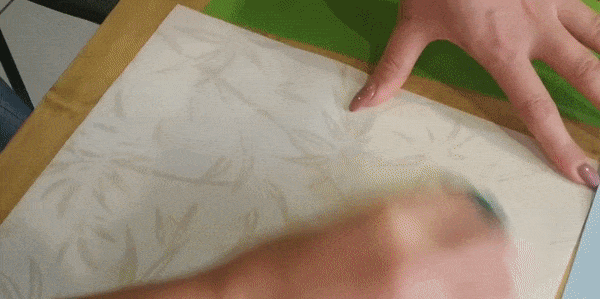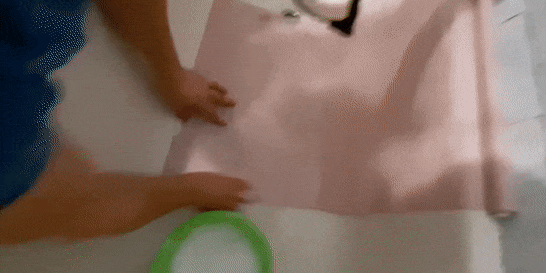Roller blinds (they are also roller blinds) are sewn from a fabric with a special impregnation that protects the material from excess moisture and dust. Thanks to this composition, all impurities remain on the surface. Most often they can be removed by dry cleaning.
As a rule, rolls do not need washing and especially washing. Most manufacturers prescribe this in the instructions for their products. By the way, if you still have it, read it carefully: it describes in detail how to take care of curtains.
If there are no instructions, and the rolls look like they are itching to wash them, consider a few important points.
Dry cleaning is the safest way to return the rolls to a neat appearance. It is suitable if the curtains are not too dirty and there are no obvious greasy, deeply ingrained stains on them.
Put on gloves and open the curtain to the full height, moving it to the "maximum sun protection" position. Use a vacuum cleaner or a napkin to remove dust from the canvas. It is important to do this on both sides.
Carefully examine the surface of the fabric. Try to remove dirt and stains with a napkin, the soft side of a sponge or a rag.

If it doesn't work out, use a regular stationery eraser. Rub carefully, trying not to damage the protective coating of the canvas.
If the dirt cannot be removed in a dry way, you can try to wash them. But only if the manufacturer allows wet cleaning in the instructions, and the curtain is not made of thin natural material.
To get started, dry clean with a vacuum cleaner or wipes.
Then be sure to test the prepared detergent on an inconspicuous area of the canvas. For example, on the one that is always in a collapsed state inside the cornice. If the fabric is not damaged, proceed to the stain treatment.
To do this, apply detergent to the dirt and wipe with a damp sponge or rag.

Then remove the remnants of the product with a clean, damp cloth. This is an important procedure: if you do not completely remove the soap, stains may appear on the dried canvas.
Then wipe the curtain dry. Open the window for ventilation and do not roll up the roll for another couple of hours until it finally dries.
This method is suitable for large—scale contamination - when the stains are so large that the curtain needs to be washed entirely, and dry cleaning is not available. Again, we remind you: you can wet the fabric only if the manufacturer allows it.
Put on gloves. Open the curtain to its full height and use a vacuum cleaner or a dry cloth to remove dust from both sides.
Carefully remove the roll from the ledge. If the curtain is held on screws, they need to be unscrewed with a screwdriver. But more often, the rollers are mounted on spring brackets, which are simply enough to pry with a tool. Some types of curtains are attached to double-sided tape at all, so you can remove them with your bare hands.

Find out if the curtain normally tolerates moisture and detergent treatment. To do this, apply it to an inconspicuous area of the canvas and see how the fabric behaves. If it deforms, wrinkles, changes color, breaks, you will have to give up washing.
In the event that the fabric is resistant to water and detergent, spread the curtain in the bathtub. Make sure that no bends appear.
Wipe the entire surface of the canvas with a soft sponge soaked in detergent. Proceed carefully, without pressing, so as not to damage the fabric and the pattern on it.

Then carefully remove the solution with clean warm water using a shower head.
After rinsing, blot the cloth with rags and spread it on a large towel. The curtain should dry only in a horizontal position. And only in a natural way: you can not use a heater, a hair dryer or put the canvas under direct sunlight.
Before returning the curtain to the ledge, make sure that the fabric is completely dry.